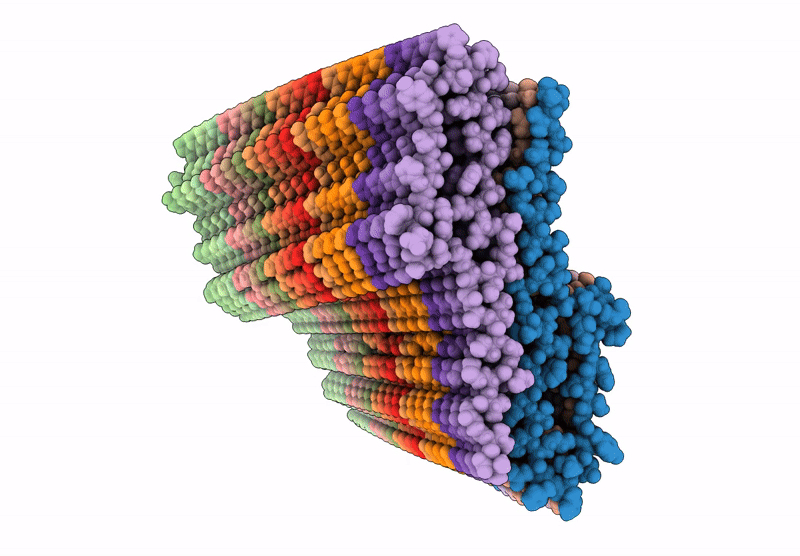
Deposition Date
2024-06-21
Release Date
2025-02-26
Last Version Date
2025-02-26
Method Details:
Experimental Method:
Resolution:
3.30 Å
Aggregation State:
HELICAL ARRAY
Reconstruction Method:
HELICAL


